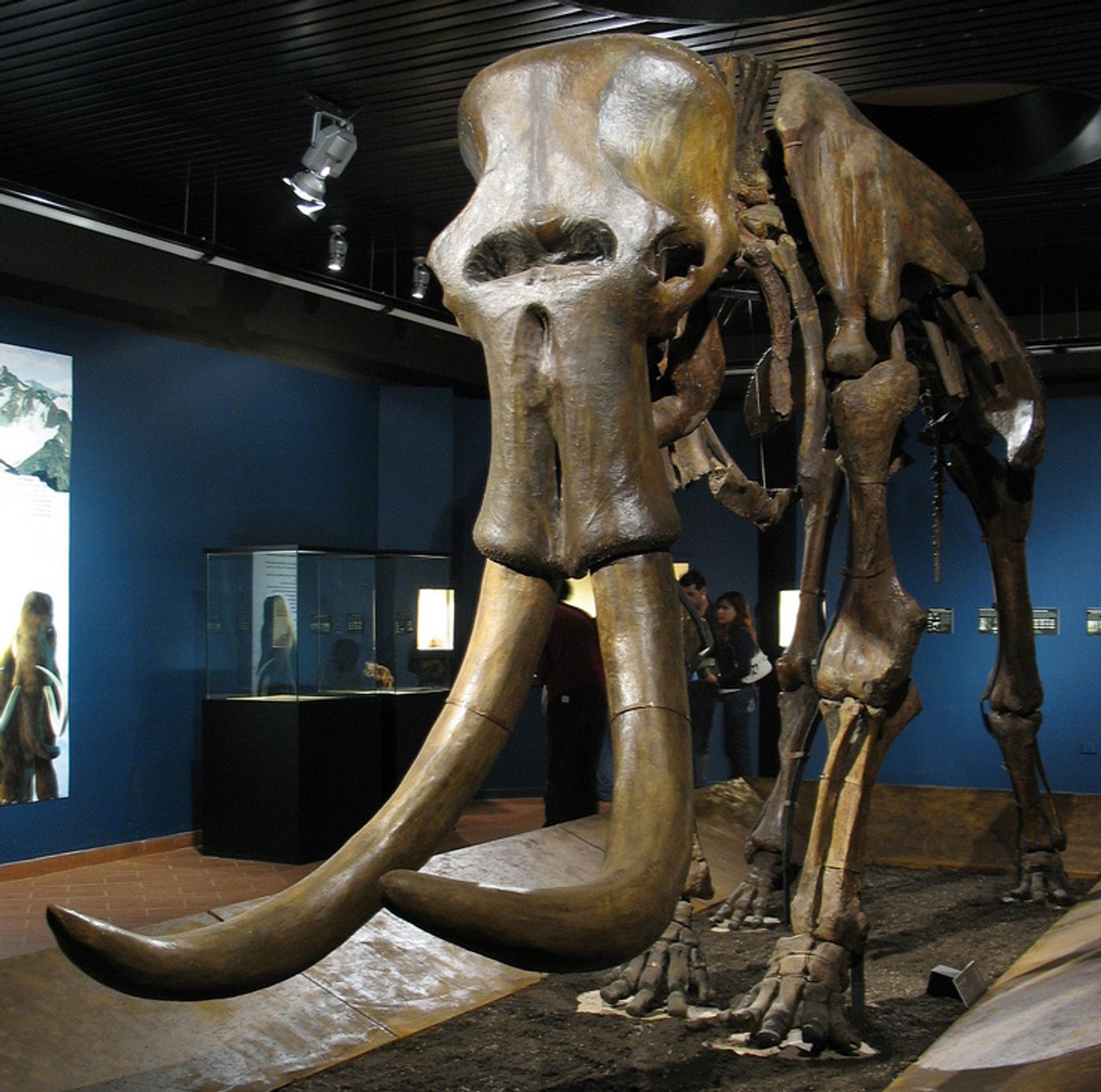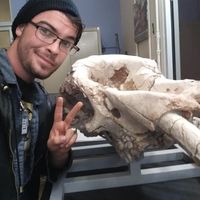220,000-Year-Old Mammoth Bonebed Discovered in the UK
From books to video games these extinct creatures reoccur time and time again to invigorate our imaginations. These depictions would not be possible without the actual fossils to paint a picture of a past time. With good fortune and proper oversite by paleontologists, breakthrough discoveries can be made to shine a light on the lives of these great beasts.
The Megafauna and environment of the great Ice Age have long captivated the public interest. David Attenborough is no stranger to this fascination himself, and recently paid a visit to the latest discovery in the UK. He was so amazed by the discovery that it is now set to air on the new BBC documentary: “Attenborough and the Mammoth Graveyard,” and personally, I’m very excited to see more paleontology documentaries coming up!
In the late 2010s, a discovery was made by a team of paleontologists monitoring construction in Swindon, a medium-sized town east of London. The mitigation team was known as “DigVentures” excavated about five different Steppe mammoths dating from 210,000-220,000 years old! Steppe mammoths are significantly larger than Wolly mammoths and comparable to the size of modern African elephants.
One infant, two adults, and two subadults (juvenile) skeletons were identified and collected using Plaster of Paris and burlap “jackets,” a common method of extraction used by paleontologists. These mammoths are very well preserved compared to other recent discoveries.
This preservation quality is likely due to the composition of the matrix the fossils were enclosed. Matrix is simply the clay, sand, dirt, tar, or mud that encases a fossil and it appears that the matrix surrounding this find was a grey clay composition. Freshwater shells and beetle wing fossils were also discovered shedding light on the paleoecology of ancient Britain.
While the site has not yet been confirmed as an official butchering site, neanderthal stone tools and associated material culture were located in close proximity to the mammoth materials. It is entirely within the realm of possibility that this is a potential prehistoric kill site.
Butchering with stone tools leaves telltale marks and signs on bones that can be identified by paleontologists and archaeologists. Fossil preparation and close laboratory analysis will provide the necessary insight to draw important conclusions regarding the story of this site and its relevance to human prehistory.
Sources: Natural History Museum, British Museum, BBC, DigVentures









